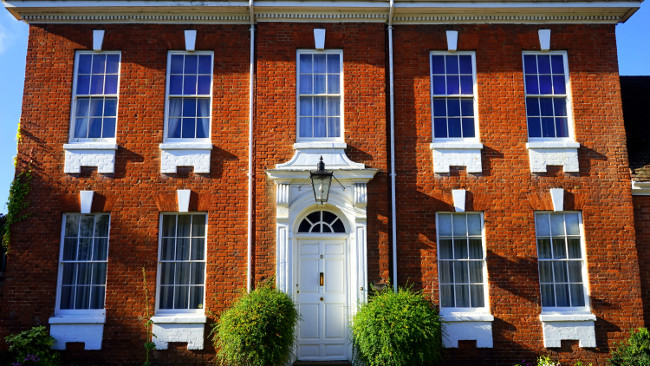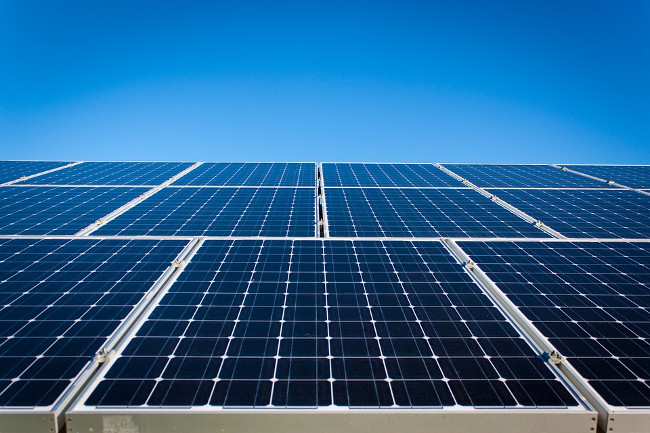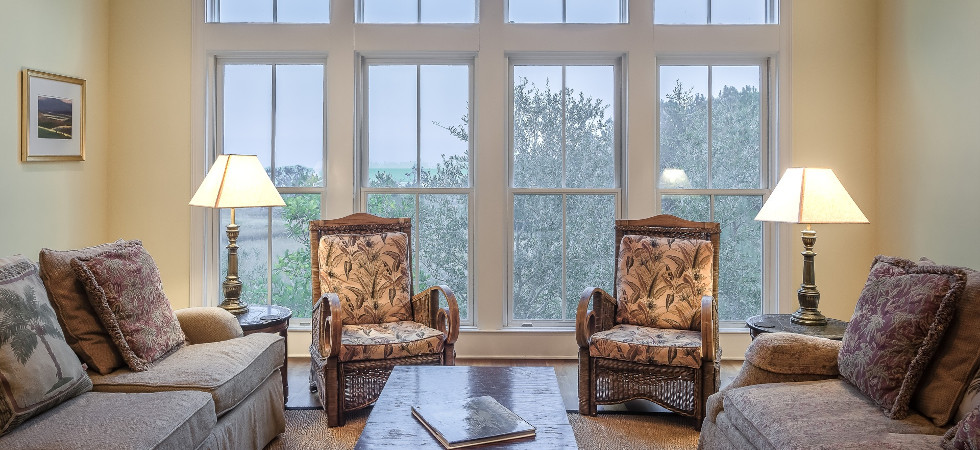Luxury homes that boast a large square footage can benefit from a review of energy usage and CO2 emissions. This is particularly true if they weren’t built to be specifically eco-friendly.
What are the benefits? Homes with better energy scores are more valuable and easier to sell when the time comes, so it’s an investment in the future value of your property as well as the environment.
We spoke with Falcon Energy, an energy conservation specialist operating in West Sussex on how you can improve your home’s score.

Air tightness testing
Large homes can often be vulnerable to heat loss from uncontrolled airflow, air leakage, and drafts, meaning heating systems must work harder and use more energy to maintain an optimum temperature. The solution is an air tightness test which locates areas of improvement to ensure ventilation is efficient; without this up to 30% of a home’s heat may be lost through poor airflow.
During an air tightness test technicians will thoroughly check and monitor air pressure and leakage, before reporting on areas of improvement. The aim is to reduce harmful CO2 emissions, which also reduces the cost to heat a home.
More information can be found here, with a Q&A on the process.
Renewable energy
Solar panels and small wind turbines are two methods of creating your own renewable energy to power your home. In recent years, solar panels for domestic properties have become more popular and can be an appealing addition to your home, generating large amounts of solar power for heating and electricity.
Hicham Rhioui, Falcon Energy Director has noticed an increase in demand for renewable energy, “Homeowners are more conscious of the environment than ever before and want to take control of their energy use and sources. It’s important that they’re aware of the versatile options available for reducing CO2 emissions.
In luxury homes, it can become a feature in itself and even swimming pools and hot tubs can use solar power for guilt-free leisure time.”

Glazing and insulation
Double and triple glazed windows reduce heat loss and cold spots in a home that can be uncomfortable to use. Your current glazing can be assessed with a thermographic survey to identify hot and cold spots, as well as poor insulation. Tested using an infrared camera, the results can help eradicate inefficiencies in heating that mean more CO2 is used than necessary.
In addition, if you’re planning a conversion of extension, you must consider the environmental impact and that the overall efficiency of your home as this must not exceed government regulations. All conversions require SAP calculations that highlight upgrades to offset any additional energy use, such as implementing extra glazing and insulation.
As large homes can benefit the most from optimising energy use with the potential reduced emissions being very significant, take action today if you suspect you’re using more energy than you need.






















